Artistry Is For Everyone
Senior Skylar Angel starting to fill in color on her art piece in Mrs. Baker’s class.
Beyond the world of reason and logic based education, there is a form of learning that taps into human expression and emotion. It aids in our creativity, the building of our individuality, and how we communicate with the world around us. We call this art.
While art can most certainly be associated with acrylic paints or that nostalgic turkey hand your kindergarten teacher made you decorate during Thanksgiving, it goes much deeper. The ability to create freely serves a greater purpose in our life past grade school education.
Queen of Peace art teacher Ariel Williams stated, “Sometimes I think we view art as a physical piece or object, such as a painting on a canvas. But art, at its core, is simply creativity and expression. When we interact with other people, when we read a book, when we watch a tv show, when we listen to a song, when we dance, when we admire a sunset, when we paint our nails, when we get dressed in the morning, when we engage in a deep conversation, when we need a visual to help us understand information—it’s all creativity and expression. It’s all art!”
Some people tend to view creativity as an asset that only those who are “right-brained” dominant are capable of being successful in. This idea stems from the theory that individuals who are more logical and analytical use the left side of their brain more, while artistic, intuitive people use the right side more dominantly.
Whether you believe in that theory’s validity or think it to be myth, it’s important not to discount your qualification in the realm of original thinking strictly because you know yourself to be more logical.
“Research has shown that we are less creative as adults than we were when we were children. Exposure to the arts helps, but creativity is not automatically connected to drawing and art activities. Creativity is about having ideas and it must be nurtured. Unfortunately we are educated out of our wonder when we grow up and start to learn that questions have a right answer and we don’t want to be wrong,” said art teacher Sarah Baker.
This makes sense as our society seems to put emphasis on the memorization side of learning along with your ability to test well on a grading scale. However, doing this doesn’t always prepare students for real life problem solving and the development of honest communication skills.
Senior Skylar Angel stated, “I loved doing art as a kid but when I got older I felt like it had to be perfect so I strayed away from it until high school. I started doing it for fun, but then I realized it’s also one of my favorite hobbies. Now I take classes more centered towards art because I know that it doesn’t have to be perfect. There’s no such thing as perfect art.”
An article from The Art of Education University concluded that, “Art Education impacts a student’s creative process including planning, research, risk-taking, failure, persistence and development.”
Not only does art education benefit more concrete processes, but its hand in mental and emotional health is uncanny. Having a creative outlet that enables you to decompress from a long day or stressful situation can change your head space completely. And it requires no degree in art philosophy, but rather a willingness to nurture your perception of the world around you.
Williams said, “Creating should not and cannot be left to ‘master artists.’ Art is an ever evolving, changing, free flowing and abstract concept. I don’t think you ever fully ‘master’ anything. Art is a process. Anyone can engage in a process and learn through it.”
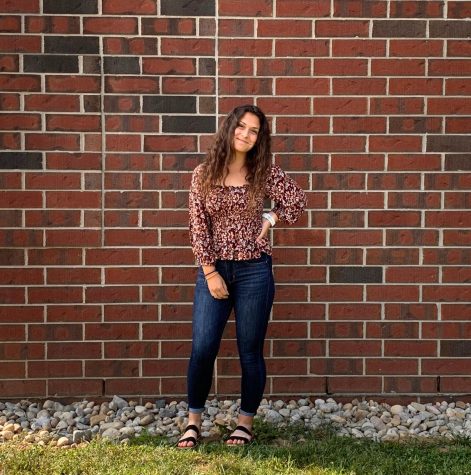
Kelley is a senior and in her second year of journalism. She runs for the track and cross country team, but outside of school activities she enjoys going on road trips and exploring the outdoors with people she loves. Although the future isn't exactly mapped out yet, her main goal is to follow Jesus and be an example of His love to others around her.

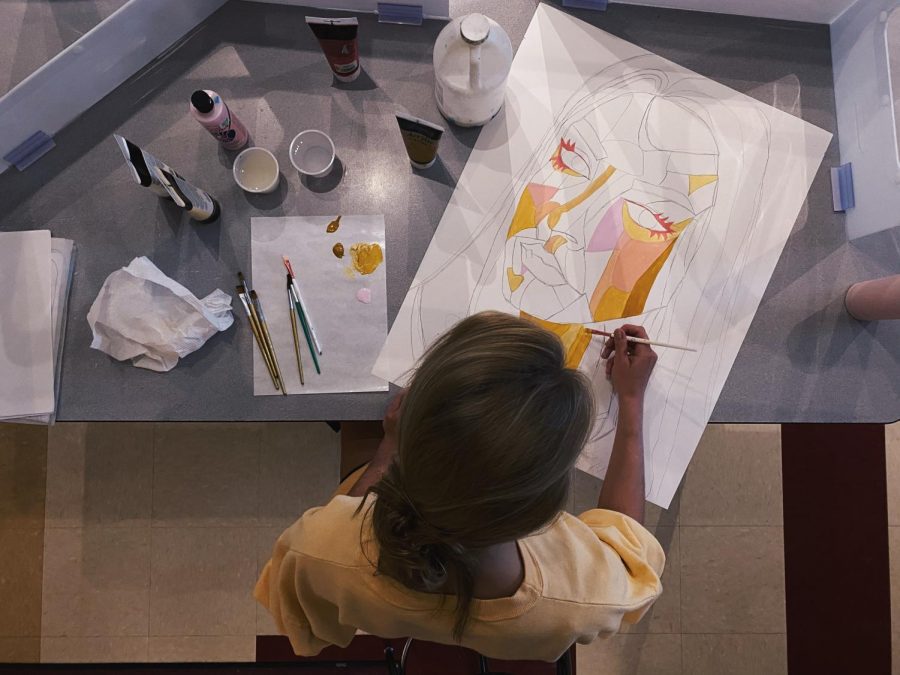

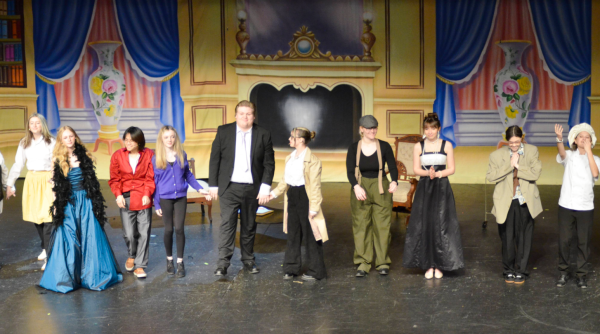

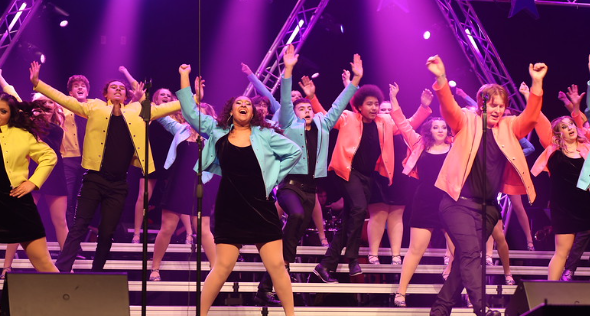
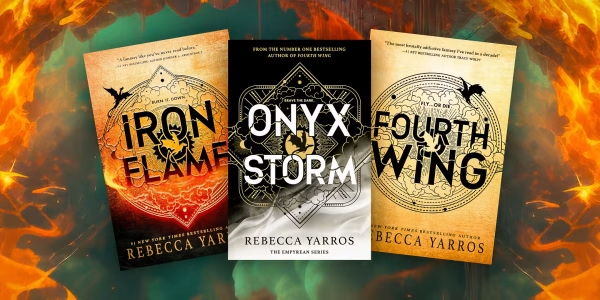
Ainsley Helling • Sep 28, 2020 at 4:49 pm
Kelley!!! This is a beautiful piece. I know you’re going to thrive as an editor and I can’t wait to see what else you share with the world this year <3